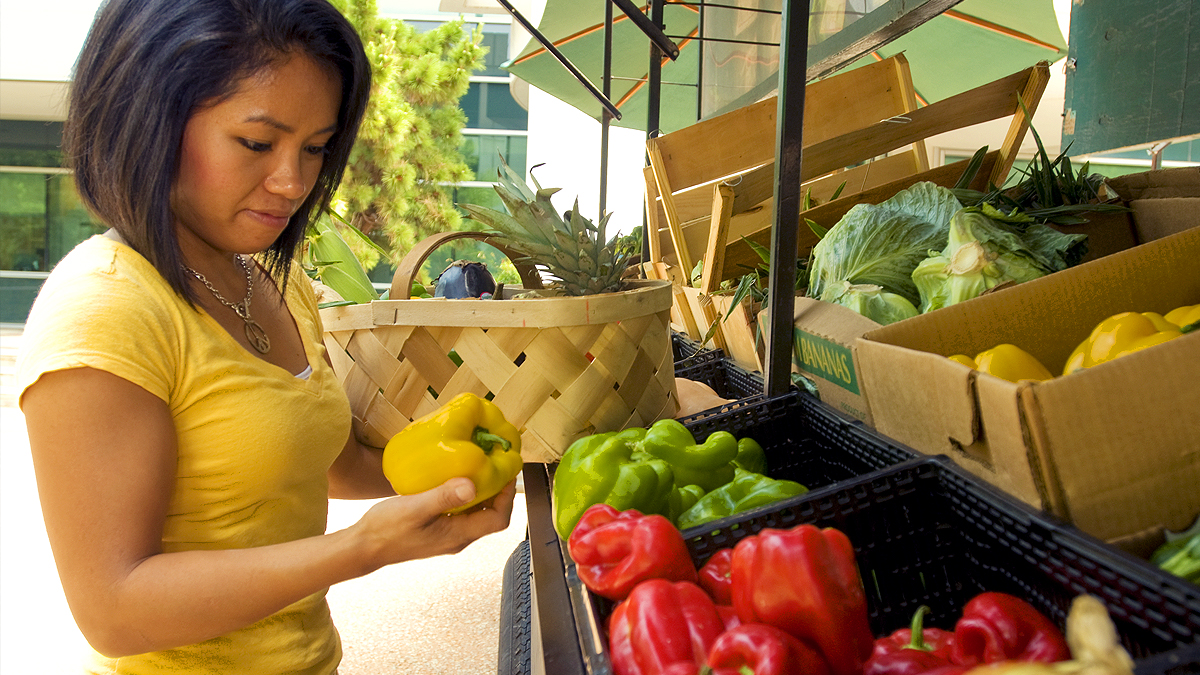What to know
Each year, 1 in 6 Americans gets sick with a foodborne disease. To stop these outbreaks, investigators identify the pathogen making people sick and then find the contaminated food source. AMD methods such as whole-genome sequencing (WGS) and next-generation sequencing (NGS), help link the pathogen to the source.

Supporting PulseNet
Since 1996, PulseNet, a national laboratory network, has used bacterial DNA "fingerprinting" methods to connect foodborne illnesses to detect outbreaks. AMD technology is improving PulseNet's ability to link illnesses to food sources.
In 2013, CDC began helping PulseNet laboratories throughout the nation use AMD methods on foodborne bacteria. This increases the speed at which labs can detect outbreaks and identify contaminated food sources. By removing contaminated food sources from store shelves and out of people's homes faster, public health programs can prevent additional illnesses.
Today, there are PulseNet certified laboratories in all 50 states. Those labs conduct whole genome sequencing of four major four major foodborne bacteria – Salmonella, Listeria, Shiga-toxin producing E. coli and Campylobacter.
Improving surveillance for norovirus
Norovirus is the leading cause of illnesses from contaminated food in the United States, causing over half of all foodborne illnesses. CDC monitors the spread of norovirus strains through CaliciNet. The surveillance network includes 35 state and local public health laboratories coordinated by CDC.
With AMD methods, CDC developed a next-generation sequencing (NGS) protocol to amplify norovirus genetic material from patient stool samples. Each one of the CaliciNet certified laboratories have implemented the new protocol, greatly improving public health's ability to detect outbreaks faster.
Did you know?
Developing tools to detect Cyclospora
Cyclospora cayetanensis is a single-celled parasite that causes an intestinal infection called cyclosporiasis. Cyclosporiasis outbreaks often are associated with imported fresh produce. Identifying the particular food item or ingredient causing an outbreak can be challenging. Often the fresh produce is mixed in a salad or served as a garnish or topping.
CDC and other agencies are using AMD tools to distinguish among different strains of C. cayetanensis. These tools link cases of cyclosporiasis to each other and to particular types of produce. This helps public health officials investigate and prevent cases and outbreaks of Cyclospora infection.

